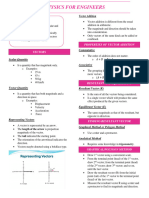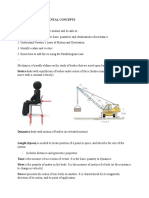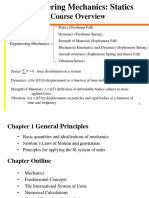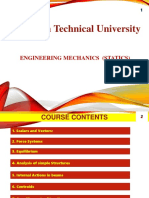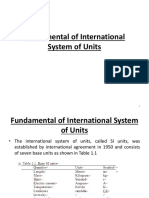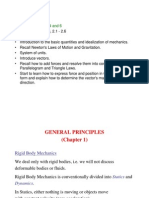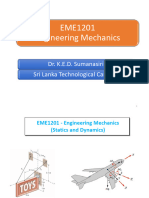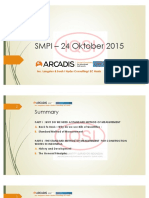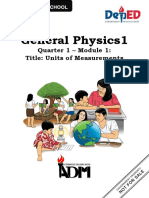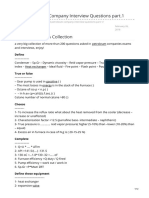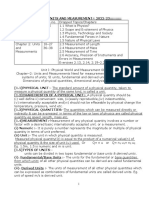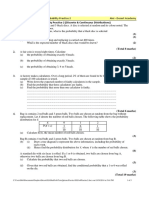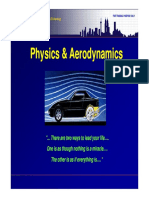0% found this document useful (0 votes)
27 views43 pagesChap1 Introduction
It is a short note for engineering mechanics (statics) and a good explanation in chapter 1 concepts in the book of mechanics
Uploaded by
devlock234Copyright
© © All Rights Reserved
We take content rights seriously. If you suspect this is your content, claim it here.
Available Formats
Download as PDF, TXT or read online on Scribd
0% found this document useful (0 votes)
27 views43 pagesChap1 Introduction
It is a short note for engineering mechanics (statics) and a good explanation in chapter 1 concepts in the book of mechanics
Uploaded by
devlock234Copyright
© © All Rights Reserved
We take content rights seriously. If you suspect this is your content, claim it here.
Available Formats
Download as PDF, TXT or read online on Scribd
/ 43



